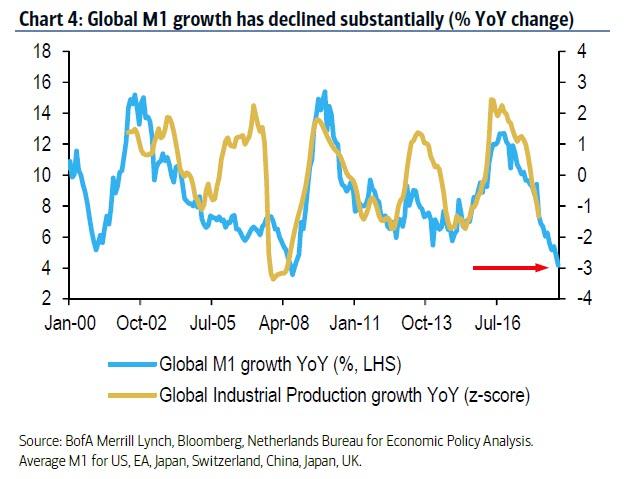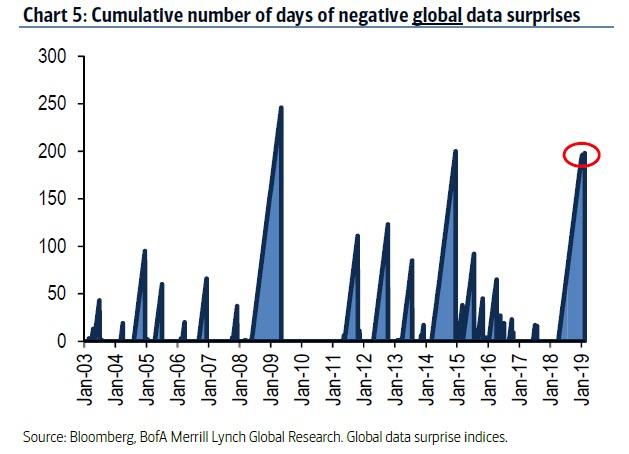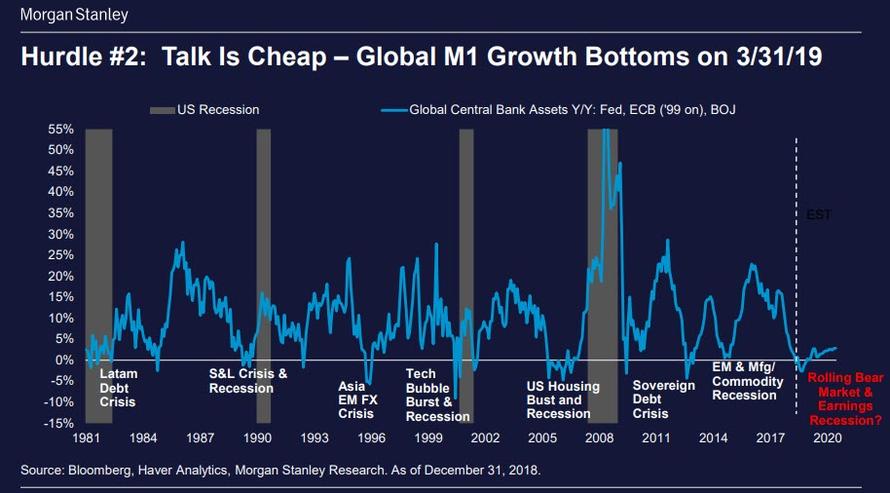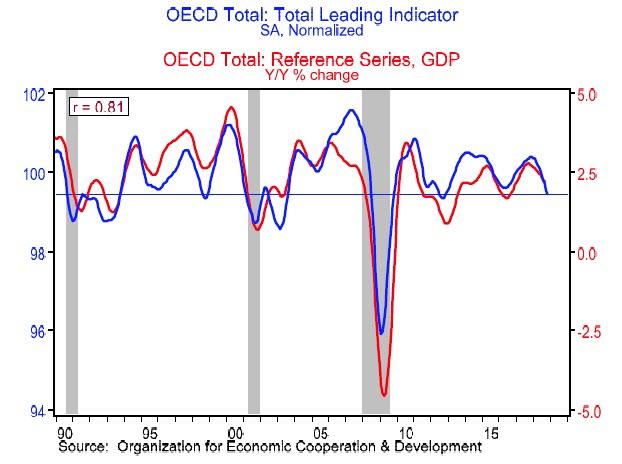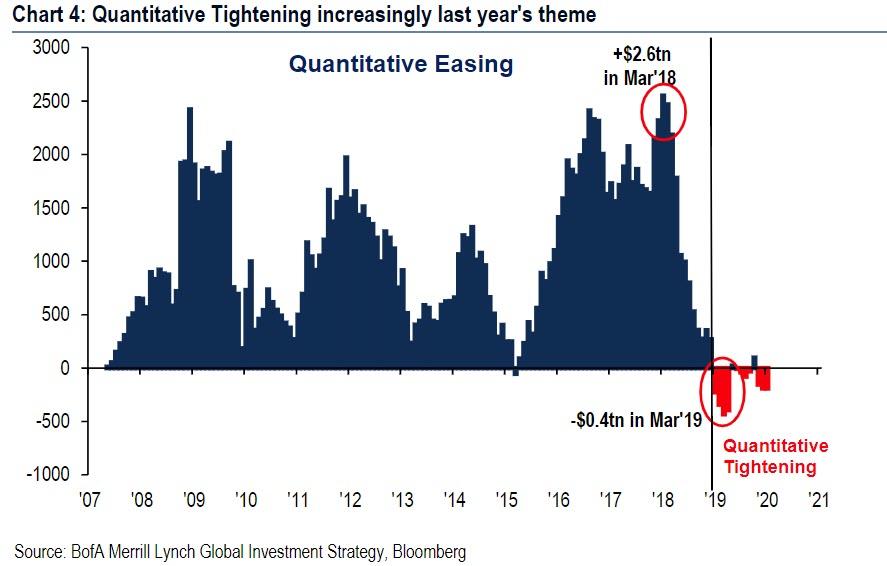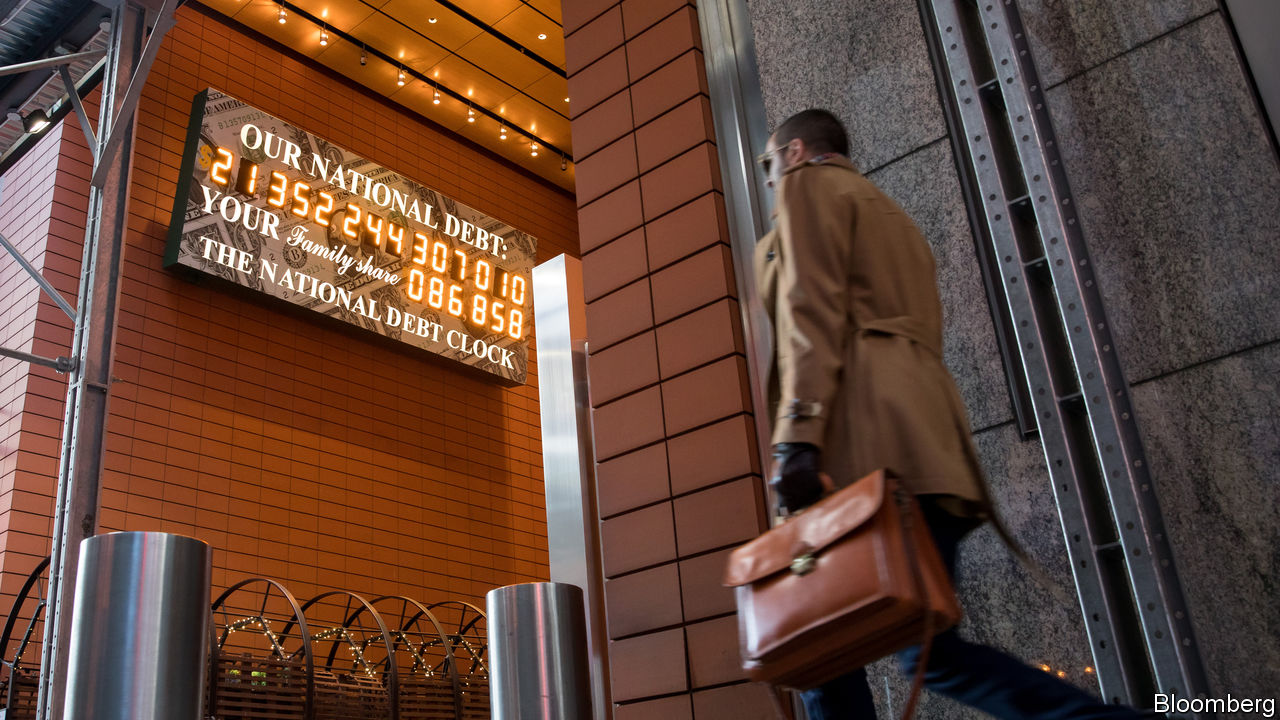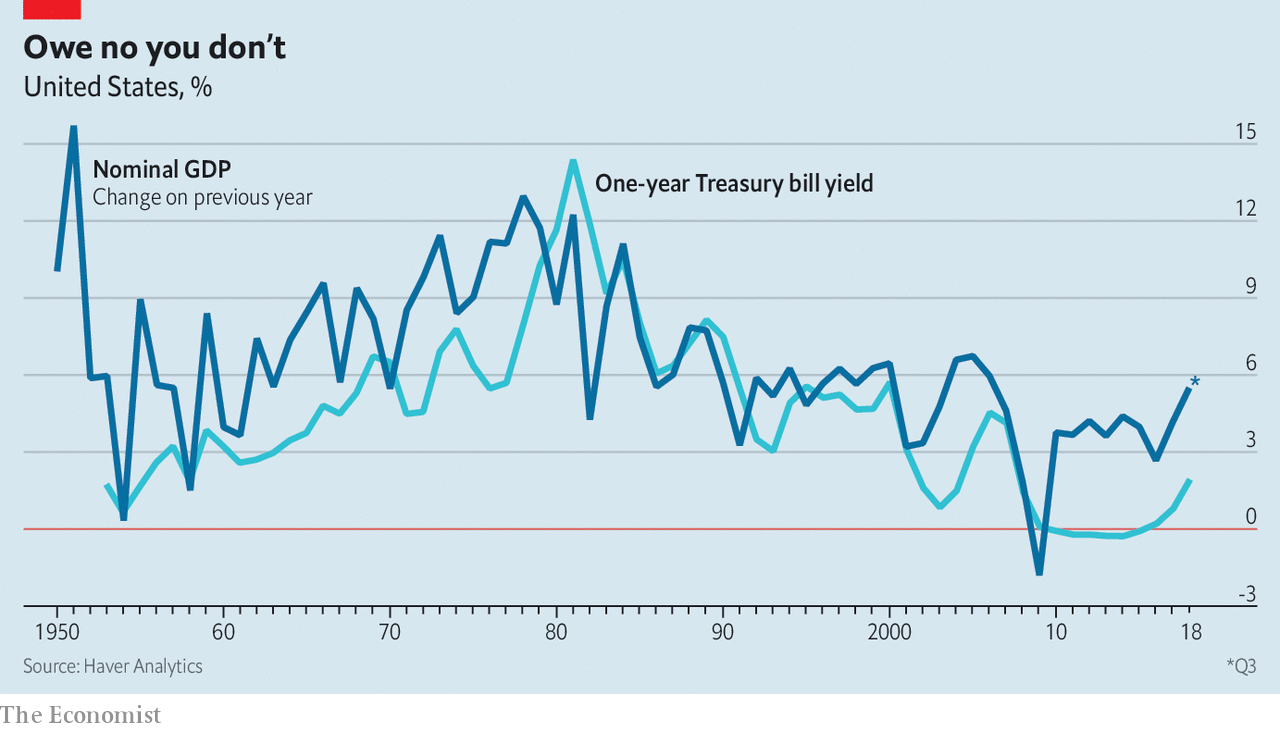Gold has been precious throughout history, but it wasn't used for money until 643 B.C. At first, people carried around gold or silver coins. If they found gold, they could get the government to make tradable coins out of it. This article tracks the price of gold from 30 B.C. to the gold rate today.
Roman Empire
Emperor Augustus, who reigned in ancient Rome from 30 B.C. to 14 A.D., set the price of gold at 45 coins to the pound.
In other words, a pound of gold could make 45 coins. The next revaluation occurred in the period of 211-217 A.D., during the reign of Marcus Aurelius Antoninus. He debased the value to 50 coins for a pound of gold, making each coin worth less and the price of gold worth more. From 284 A.D. to 305 A.D., Diocletian further debased gold to 60. Constantine the Great debased it to 70 in the years 306 A.D. to 337 A.D. They did this to finance the military so they could stay in power. They also increased taxes.
These emperors lowered the value of the currency so much that it created hyperinflation. To give you an idea, in 301 A.D., one pound of gold was worth 50,000 denarii, which is another coin based on silver. By 337 A.D., it was worth 20 million denarii. As the price of gold rose, so did the price of everything else. Middle-class people could not afford their daily needs. That's one reason the Roman Empire began to crumble.
Great Britain
In 1257, Great Britain set the price of an ounce of gold at £0.89. It raised the price by about £1 each century, as follows:
- 1351 - £1.34
- 1465 - £2.01
- 1546 - £3.02
- 1664 - £4.05
- 1717 - £4.25
In the 1800s, most countries printed paper currencies that were supported by their values in gold. This was known as the gold standard.
Countries kept enough gold reserves to support this value. The history of the gold standard in the United States began in 1900. The Gold Standard Act established gold as the only metal for redeeming paper currency. It set the value of gold at $20.67 an ounce.
Great Britain kept gold at £4.25 an ounce until the 1944 Bretton-Woods Agreement. That's when most developed countries agreed to fix their currencies against the U.S. dollar since the United States owned 75 percent of the world's gold. MeasuringWorth.com’s “The Price of Gold, 1257-Present” shows gold trend prices all the way back to the Middle Ages.
United States
The history of the gold standard in the United States began in 1900. The Gold Standard Act established gold as the only metal for redeeming paper currency. It set the value of gold at $20.67 an ounce. Before that, the United States used the British gold standard. In 1791, it set the price of gold at $19.49 but also used silver to redeem currency. In 1834, it raised the price of gold to $20.69.
Defense of the gold standard helped cause the Great Depression. A recession began in August 1929, after the Federal Reserve raised interest rates in 1928. After the 1929 stock market crash, many investors started redeeming paper currency for its value in gold.
The U.S. Treasury worried that the United States might run out of gold. It asked the Fed to raise rates again. The rise in rates increased the value of the dollar and made it more valuable than gold. It worked in 1931.
Higher interest rates made loans too expensive. That forced many companies out of business. They also created deflation, since a stronger dollar could buy more with less. Companies cut costs to keep prices low and remain competitive. That further worsened unemployment, turning the recession into a depression.
By 1932, speculators again turned in money for gold. As gold prices rose, people hoarded the precious metal. They sent prices up even higher. To stem the redemption of gold, President Franklin D. Roosevelt outlawed private ownership of gold coins, bullion, and certificates in April 1933.
Americans had to sell their gold to the Fed.
In 1934, Congress passed the Gold Reserve Act. It prohibited private ownership of gold in the United States. It also allowed President Roosevelt to raise the price of gold to $35 an ounce. This lowered the dollar value, creating healthy inflation.
In 1937, FDR cut government spending to reduce the deficit. This reignited the Depression. By that time, the government stockpile of gold tripled to $12 billion. It was held at the U.S. Bullion Reserves at Fort Knox, Kentucky and at the Federal Reserve Bank of New York.
In 1939, FDR increased defense spending to prepare for World War II. The economy expanded. At the same time, the Dust Bowl drought ended. The combination ended the Great Depression.
In 1944, the major powers negotiated the Bretton-Woods Agreement. That made the U.S. dollar the official global currency. The United States defended the price of gold at $35 an ounce.
In 1971, President Nixon told the Fed to stop honoring the dollar's value in gold. That meant foreign central banks could no longer exchange their dollars for U.S. gold, essentially taking the dollar off the gold standard. Nixon was trying to end stagflation, a combination of inflation and recession. But inflation was caused by the rising power of the dollar, as it had now replaced the British sterling as a global currency.
Nixon tried to deflate the dollar's value in gold, by making it worth only one-thirty eighth of an ounce of gold, then one-forty second of an ounce. In 1976, Nixon officially abandoned the gold standard altogether. Unhinged from the dollar, gold quickly shot up to $120 per ounce in the open market.
By 1980, traders had bid the price of gold to $594.92 as a hedge against double-digit inflation. The Fed ended inflation with double-digit interest rates but caused a recession. Gold dropped to $410 an ounce and remained in that general trading range until 1996 when it dropped to $288 an ounce in response to steady economic growth. But traders returned to it after each economic crisis, such as the 9/11 terrorist attacks and the 2001 recession.
Gold shot up to $869.75 an ounce during the 2008 financial crisis. The price of an ounce of gold hit an all-time record of $1,895 on September 5, 2011, in response to worries that the United States would default on its debt. Since then, it has fallen, as the U.S. economy has improved and inflation remains low.
Because people want a safe haven when an economic crisis hits, they wonder “Should I buy gold?” To answer this, one must know what causes gold prices to rise and fall before investing in this asset.
Gold Price by Year Compared to the Dow, Inflation and Business Cycle Phases
| Year | Gold Prices (London PM Fix) | Dow Closing (Dec 31) | Inflation (Dec YOY) | Factors Influencing Price of Gold |
|---|
| 1929 | $20.63 | 248.48 | 0.6% | Recession. |
|---|
| 1930 | $20.65 | 164.58 | -6.4% | Deflation. |
|---|
| 1931 | $17.06 | 77.90 | -9.3% | Depression |
|---|
| 1932 | $20.69 | 59.93 | -10.3% | Depression |
|---|
| 1933 | $26.33 | 99.90 | 0.8% | FDR takes office. |
|---|
| 1934 | $34.69 | 104.04 | 1.5% | Expansion. Gold Reserve Act. |
|---|
| 1935 | $34.84 | 144.13 | 3.0% | Expansion. |
|---|
| 1936 | $34.87 | 179.90 | 1.4% | Expansion. |
|---|
| 1937 | $34.79 | 120.85 | 2.9% | FDR cut spending. |
|---|
| 1938 | $34.85 | 154.76 | -2.8% | Contraction until June. |
|---|
| 1939 | $34.42 | 150.24 | 0% | Dust Bowl drought ends. |
|---|
| 1940 | $33.85 | 131.13 | 0.7% | Expansion. |
|---|
| 1941 | $33.85 | 110.96 | 9.9% | U.S. enters WWII. |
|---|
| 1942 | $33.85 | 119.40 | 9.0% | Expansion. |
|---|
| 1943 | $33.85 | 135.89 | 3.0% | Expansion. |
|---|
| 1944 | $33.85 | 152.32 | 2.3% | Bretton-Woods Agreement. |
|---|
| 1945 | $34.71 | 192.91 | 2.2% | Recession follows WWII. |
|---|
| 1946 | $34.71 | 177.20 | 18.1% | Expansion. |
|---|
| 1947 | $34.71 | 181.16 | 8.8% | Expansion. |
|---|
| 1948 | $34.71 | 177.30 | 3.0% | Expansion. |
|---|
| 1949 | $31.69 | 200.13 | -2.1% | Recession. |
|---|
| 1950 | $34.72 | 235.41 | 5.9% | Expansion. Korean War. |
|---|
| 1951 | $34.72 | 269.23 | 6.0% | Expansion. |
|---|
| 1952 | $34.60 | 291.90 | 0.8% | Expansion. |
|---|
| 1953 | $34.84 | 280.90 | 0.7% | Eisenhower ends Korean War. Recession. |
|---|
| 1954 | $35.04 | 404.39 | -0.7% | Contraction ends in May. Dow returns to 1929 high. |
|---|
| 1955 | $35.03 | 488.40 | 0.4% | Expansion. |
|---|
| 1956 | $34.99 | 499.47 | 3.0% | Expansion. |
|---|
| 1957 | $34.95 | 435.69 | 2.9% | Expansion until August. |
|---|
| 1958 | $35.10 | 583.65 | 1.8% | Contraction until April. |
|---|
| 1959 | $35.10 | 679.36 | 1.7% | Expansion. Fed raises rate. |
|---|
| 1960 | $35.27 | 615.89 | 1.4% | Recession. Fed lowers rate. |
|---|
| 1961 | $35.25 | 731.14 | 0.7% | JFK takes office. |
|---|
| 1962 | $35.23 | 652.10 | 1.3% | Expansion. |
|---|
| 1963 | $35.09 | 762.95 | 1.6% | LBJ takes office. |
|---|
| 1964 | $35.10 | 874.13 | 1.0% | Goldfinger depicts plan to control Fort Knox gold. |
|---|
| 1965 | $35.12 | 969.26 | 1.9% | Vietnam War. |
|---|
| 1966 | $35.13 | 785.69 | 3.5% | Expansion. Fed raises rate. |
|---|
| 1967 | $34.95 | 905.11 | 3.0% | Expansion. |
|---|
| 1968 | $38.69 | 943.75 | 4.7% | Expansion. Fed raises rate. |
|---|
| 1969 | $41.09 | 800.36 | 6.2% | Nixon took office. Fed raises rate. |
|---|
| 1970 | $37.44 | 838.92 | 5.6% | Recession. Fed lowers rate. |
|---|
| 1971 | $43.48 | 890.20 | 3.3% | Expansion. Wage-price controls. |
|---|
| 1972 | $63.91 | 1020.02 | 3.4% | Expansion. Stagflation. |
|---|
| 1973 | $106.72 | 850.86 | 8.7% | Gold standard ends. |
|---|
| 1974 | $183.85 | 616.24 | 12.3% | Watergate. Ford allows private ownership of gold. |
|---|
| 1975 | $139.30 | 852.41 | 6.9% | Recession ends. Stocks rise, gold falls. |
|---|
| 1976 | $133.88 | 1004.65 | 4.9% | Expansion. Fed lowers rate. |
|---|
| 1977 | $160.45 | 831.17 | 6.7% | Expansion. Carter takes office. |
|---|
| 1978 | $207.83 | 805.01 | 9.0% | Expansion. |
|---|
| 1979 | $455.08 | 838.71 | 13.3% | Fed's stop-go policy worsens inflation. |
|---|
| 1980 | $594.92 | 963.99 | 12.5% | Gold hits $850 on 1/21. Investors seek safety. |
|---|
| 1981 | $410.09 | 875.00 | 8.9% | Gold Commission. |
|---|
| 1982 | $444.30 | 1,046.54 | 3.8% | Recession ends. Garn-St. Germain Act. |
|---|
| 1983 | $389.36 | 1,258.64 | 3.8% | Expansion. Reagan increases spending. |
|---|
| 1984 | $320.14 | 1,211.57 | 3.9% | Expansion. |
|---|
| 1985 | $320.81 | 1,546.67 | 3.8% | Expansion. |
|---|
| 1986 | $391.23 | 1,895.95 | 1.1% | Expansion. Reagan tax cuts. |
|---|
| 1987 | $486.31 | 1,938.83 | 4.4% | Expansion. Black Monday crash. |
|---|
| 1988 | $418.49 | 2,168.57 | 4.4% | Expansion. |
|---|
| 1989 | $409.39 | 2,753.20 | 4.6% | S&L Crisis. |
|---|
| 1990 | $378.16 | 2,633.66 | 6.1% | Recession. |
|---|
| 1991 | $361.06 | 3,168.83 | 3.1% | Recession ends. |
|---|
| 1992 | $334.80 | 3,301.11 | 2.9% | Expansion. |
|---|
| 1993 | $383.35 | 3,754.09 | 2.7% | Expansion. |
|---|
| 1994 | $379.29 | 3,834.44 | 2.7% | Expansion. |
|---|
| 1995 | $387.44 | 5,117.12 | 2.5% | Expansion. |
|---|
| 1996 | $369.00 | 6,448.27 | 3.3% | Expansion. Investors turn to stocks. |
|---|
| 1997 | $288.74 | 7,908.25 | 1.7% | Expansion. |
|---|
| 1998 | $291.62 | 9,181.43 | 1.6% | Expansion. |
|---|
| 1999 | $282.37 | 11,497.12 | 2.7% | Expansion. Y2K scare. |
|---|
| 2000 | $274.35 | 10,786.85 | 3.4% | Stock market peaks in March. |
|---|
| 2001 | $276.50 | 10,021.5 | 1.6% | Recession. 9/11. |
|---|
| 2002 | $347.20 | 8,341.63 | 2.4% | Expansion. 9-year gold bull market starts. |
|---|
| 2003 | $416.25 | 10,453.92 | 1.9% | Expansion. |
|---|
| 2004 | $435.60 | 10,783.01 | 3.3% | Expansion. |
|---|
| 2005 | $513.00 | 10,717.50 | 3.4% | Expansion. |
|---|
| 2006 | $632.00 | 12,463.15 | 2.5% | Expansion. |
|---|
| 2007 | $833.75 | 13,264.82 | 4.1% | Dow peaks at 14,164.43. |
|---|
| 2008 | $869.75 | 8,776.39 | 0.1% | Recession. |
|---|
| 2009 | $1,087.50 | 10,428.05 | 2.7% | Recession ends. Gold hits $1,000/oz. on 2/20. |
|---|
| 2010 | $1,405.50 | 11,577.51 | 1.5% | Obamacare and Dodd-Frank. |
|---|
| 2011 | $1,531.00 | 12,217.56 | 3.0% | Debt crisis. Gold hits record $1,895 on 9/5. |
|---|
| 2012 | $1,657.60 | 13,104.14 | 1.7% | Expansion. Gold falls. Stocks rise. |
|---|
| 2013 | $1,202.30 | 16,576.55 | 1.5% |
|---|
| 2014 | $1,154.25 | 17,823.07 | 0.8% | Strong dollar. |
|---|
| 2015 | $1,061.00 | 17,425.03 | 0.7% | Gold falls to $1,050.60 on 12/17. |
|---|
| 2016 | $1,150.90 | 19,762.60 | 2.1% | Dollar weakens. |
|---|
| 2017 | $1,302.50 | 24,719.22 | 2.1% | Dollar weakens. |
|---|
| 2018 | $1,281.65 | 23,327.46 | N.A. | Dollar strengthens. |
|---|
Note: Between 1929 and 1969, annual average gold prices are used. In 1970, December monthly gold price averages are used 1920 to 1999. Last business day of December is used for 2000 on.


